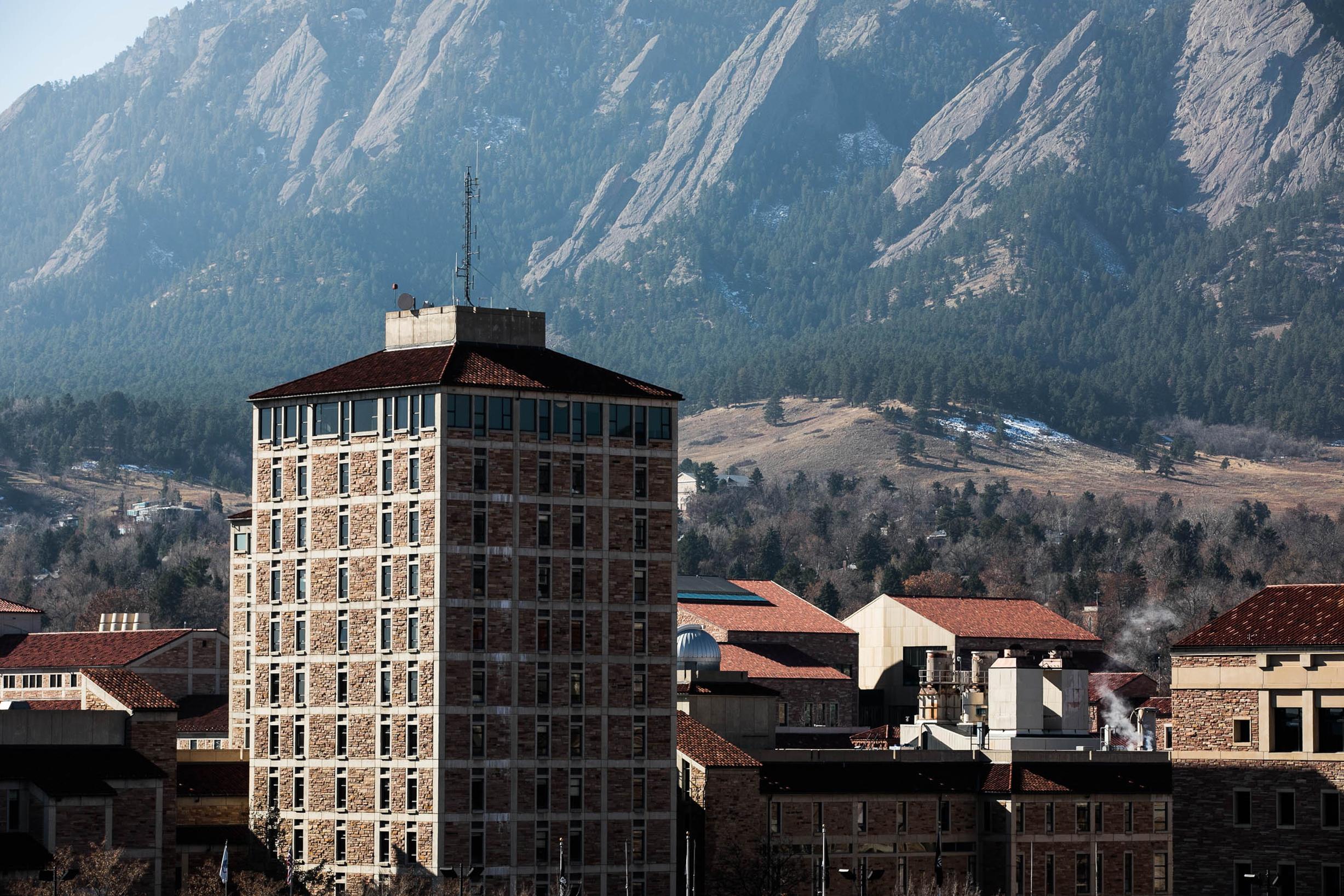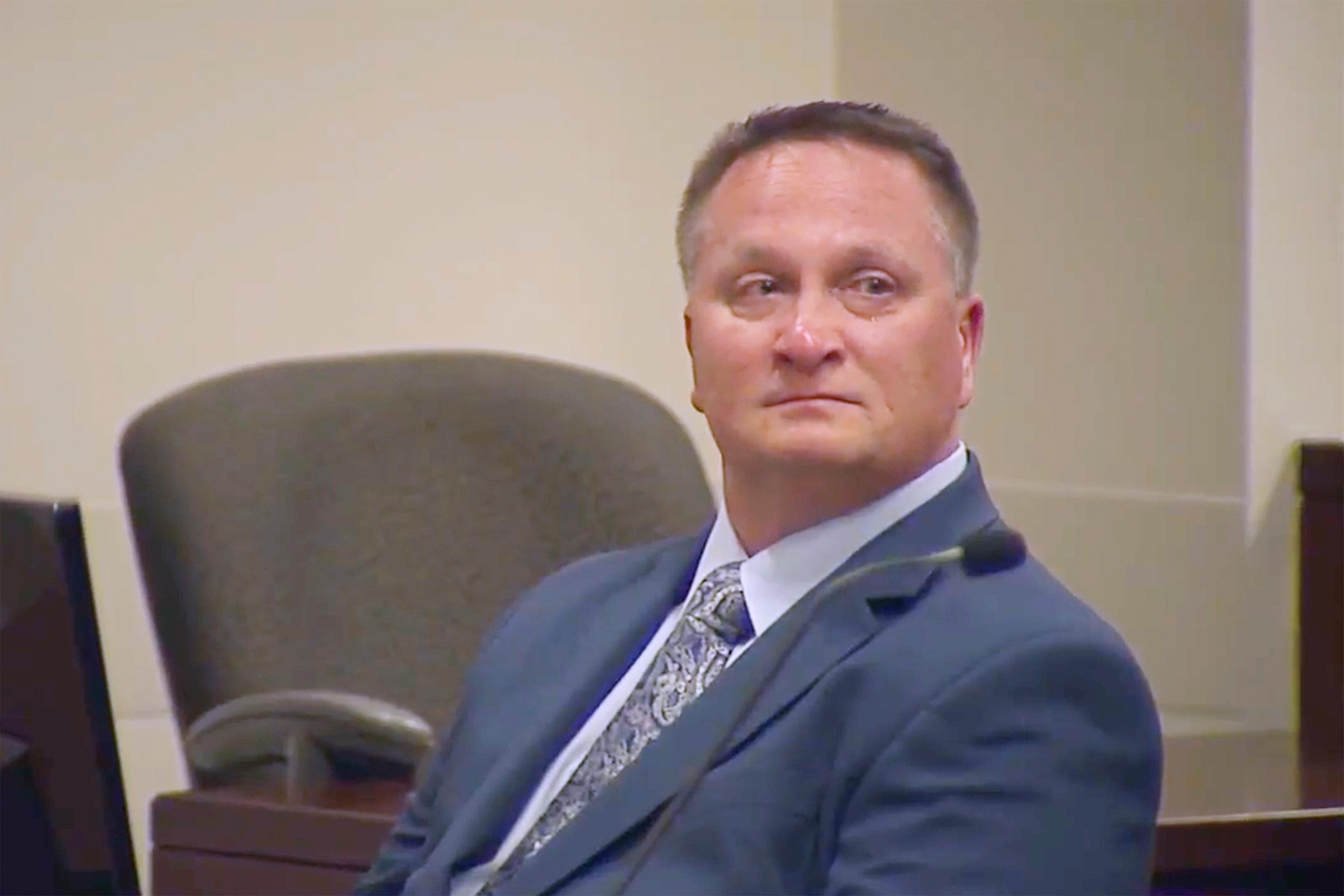
Fewer CU Boulder students reported sexual misconduct — such as harassment or assault — last year compared to 2015, but the severity of the assaults increased, according to results of a survey released at a campus town hall Monday evening. Students at the meeting pressed university officials to address the fact that a large number of assaults occur at Greek fraternities.
The town hall comes on the heels of a report of a sexual assault at a campus residence hall Aug. 17.
Earlier this month, university officials released the results of a campus sexual misconduct survey. It asked undergraduate and graduate women and men last year whether they had experienced unwanted non-consensual behaviors including sexual assault, sexual harassment, sexual exploitation, intimate partner abuse — including dating and domestic violence — and stalking.
More than 10,000 students responded to the survey, which was also taken in 2015.
CU Boulder students reported lower rates of sexual misconduct, except for stalking which remained about the same. Fifteen percent of undergraduate women reported being sexually assaulted since coming to CU Boulder. That’s compared to 28 percent in 2015. Nineteen percent of undergraduate women reported sexual harassment, compared to 28 percent in 2015.
Other groups — undergraduate men and graduate men and women — also reported lower rates of misconduct.
The “pandemic effect”
Officials say the pandemic could have contributed to lower rates, because more college students were living at home with family. County and state order limited parties and other events. Decreased alcohol use and binge drinking among first-year students could be another factor. The study noted there has been a continual decline since 2000 in the percentage of teens and young adults engaging in sexual activity.
"We really won't know where we are with this issue until the next time we collect data," said Julie Volkens, director of assessment at CU Boulder’s office of institutional equity and compliance.
Characteristics of sexual assaults
The survey indicated most sexual assaults took place during the fall semester. Most assaults took place off campus and for undergraduate women, 30 percent of assaults were at a Greek fraternity house, and 22 percent were at someone else’s house.
First year students were most likely to report a sexual assault.
“First years, they’re here, their project is a social project, they’re out there networking, they’re more likely to attend off-campus parties, they’re less aware of the norms governing our campus behaviors, they are a vulnerable group, not just on our campus,” said Volkens.
Three quarters of perpetrators of sexual assault for undergraduate students were someone they knew. A third of graduate women students indicated another graduate student was the perpetrator, while 38 percent of graduate men were most commonly assaulted by a current or former romantic partner.
The sexual assault rate for women in college is lower than for women ages 18-24 outside of college. Men in college however, are five times more likely to be sexually assaulted than men not in college.
Although overall rates of sexual misconduct were lower than in 2015, the severity of the assaults increased. Rates of being forced to perform sexual acts increased for all groups as compared to 2015. Students reported an increase in rates of perpetrators using incapacitation, physical threats or intimidation and force.
The survey shows more students reported their assaults compared to 2015, though officials say there is still significant underreporting. In 2015, a third of undergraduate women didn’t tell anyone about the assault; in 2021 that dropped to only 13 percent not telling anyone.
Officials say the increase in reporting could be because of a website and campaign “Don’t Ignore It” created in 2017 to make reporting easier and boost bystander awareness.
Several students at the town hall asked questions related to what the campus is doing to target education to "cis-gendered" males about "rape culture.” One pointed to the statistic that 30 percent of sexual assaults happen in fraternities.
"I think that's a massive number that needs to be addressed…,” said the student, who didn’t give her name. “How do we know that the structure (of the fraternity system) is not in and of itself encouraging rape culture? I’ve had so many conversations with people (who) question whether it (fraternities) should even exist at all.”
Hundreds of students protested sexual assaults at a fraternity house last year, but some women never report such incidents.
“You know you’ll talk to a sorority girl and they’ll be like, “I’d rather die than report my sexual assault” because …you can still be ostracized and subjected to violence,” the student said.
Llen Pomeroy, associate vice chancellor of OIEC and Title IX coordinator, said the university can’t force non-affiliated fraternities to affiliate with the university and be subject to more requirements.
“But what we can do is the work that I feel like we have really begun very seriously to earn with the buy-in of the fraternities that are non affiliated to take responsibility for their own accountability…for all our collective parts in this.”
Teresa Wroe, the assistant vice chancellor of prevention education at the Office of Institutional Equity and Compliance, said the vast majority of men on campus want to help on this issue.
“Others do not contribute to these problems and they need skills. They need awareness of looking at perpetrator behaviors. They need recognition of when a high risk situation is playing out, options for intervening,” she said.
Task force prepares to expand prevention efforts
A new sexual misconduct task force will use the data to expand prevention efforts. This involves reducing risk factors and increasing protective factors to prevent harassment and violence. The task force will study the characteristics of sexual assault, including time of year, location, common perpetrator behaviors and characteristics.
For example, Volkens said an enormous percentage of students reported that engaging in one activity, like attending a party, dancing, agreeing to walk home with someone, resulted in a perpetrator assuming that meant mutually consent to engage in some form of sexual activity.
“Agreeing to one consensual behavior and then having someone assume that all behaviors go with that so we are interested in understanding this problem more deeply.”
The university will now move beyond education into a more comprehensive strategy that looks at the academic, social, and other contexts students are in to build community, resilience and risk reduction. The task force will be a higher-level decision-making body that can implement campus wide strategies.
“We need this community wide approach with academic leaders, athletic leaders, student affairs leaders, Greek leaders, addressing this issue more comprehensively instead of putting it on the shoulders of one or two offices,” said Jessica Ladd-Webert, director of the Office of Victim Assistance.
She said the issue also needs to be addressed starting in grade school.
“We can't just expect colleges to be like, ‘fix it.’ It needs to be started in elementary school and middle school, talking about consent and body autonomy.”
The university already employs mandatory sexual misconduct training, bystander training and consent education. The survey did not directly evaluate the impact of those programs.
There are also skill building workshops aimed at different groups such as athletes and coaches, academic advisers, residence hall staff and students in the Greek fraternity system. The courses cover the precursor behaviors to assault, reporting options and effective bystander intervention skills, and the characteristics of high-risk situations and perpetrator tactics.









